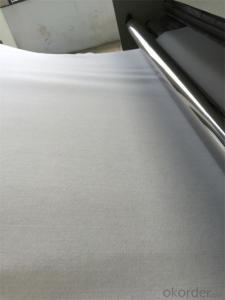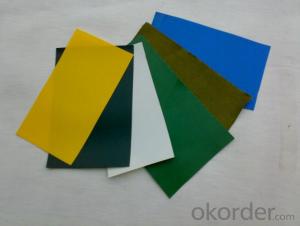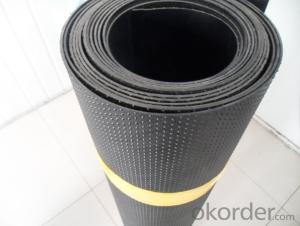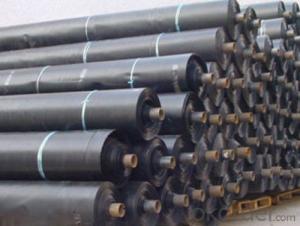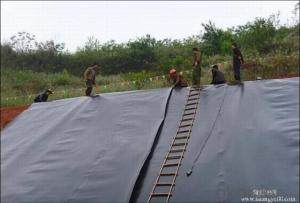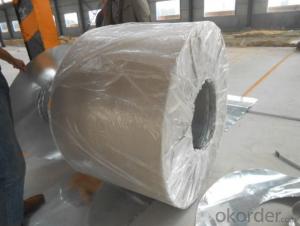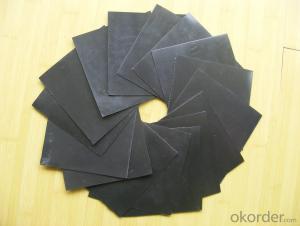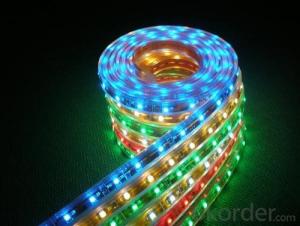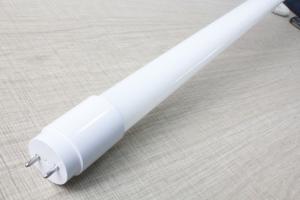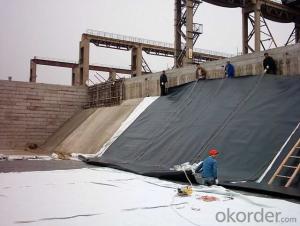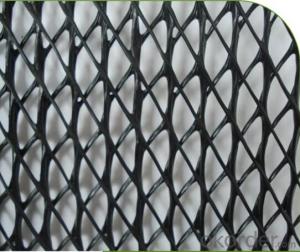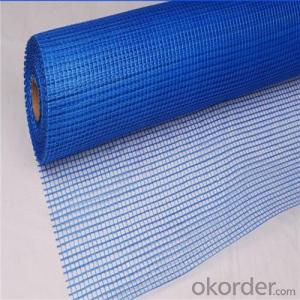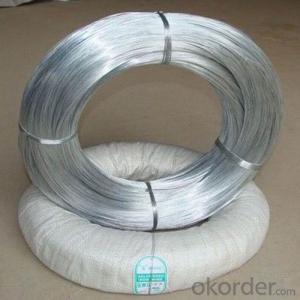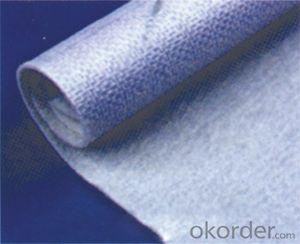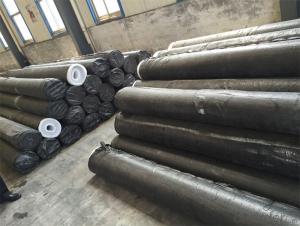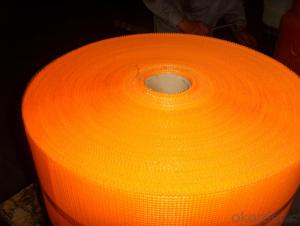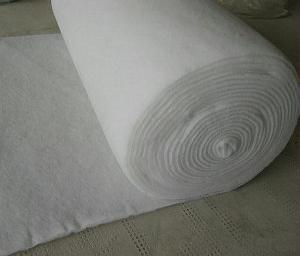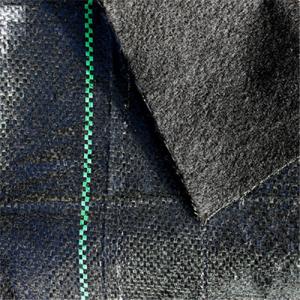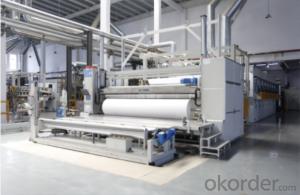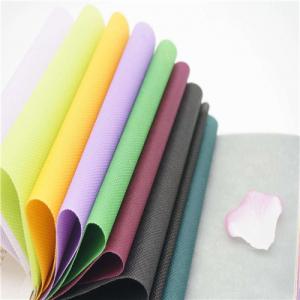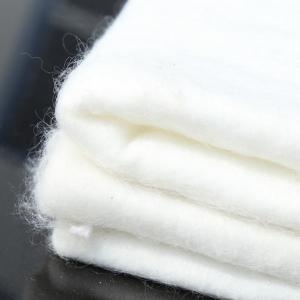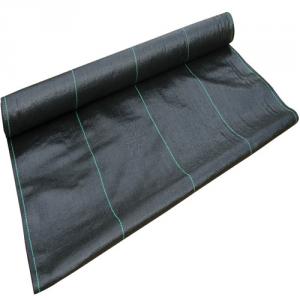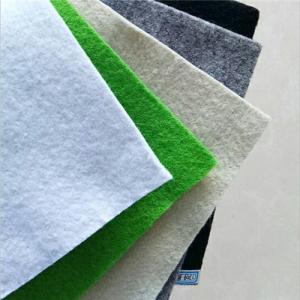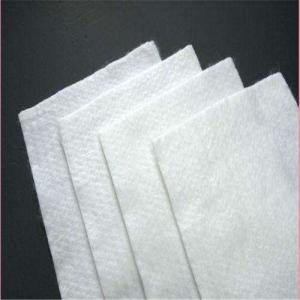Harga Geomembrane Per M2
Harga Geomembrane Per M2 Related Searches
Blu Ray Player With Internet Geomembrane In Pakistan 30 Mil Pvc Geomembrane Pvc Geomembrane Specifications Pvc Geomembrane Geomembrane Machine Plastic Geomembrane Nonwoven Wallpaper Geomembrane Material Geomembrane FabricHot Searches
Geomembrane For Sale China Pvc Geomembrane China Geomembrane Roll Sheet Hdpe Geomembrane Sheet Price Hdpe Geomembrane China China Geomembrane Geomembrane China Hdpe Geomembrane Price Geomembrane Price Wholesale Hdpe Geomembrane Roll Geomembrane Factory Wholesale Liner Hdpe Geomembrane Wholesale Geomembrane Hdpe Wholesale Hdpe Geomembrane Geomembrane Market Size Wholesale Hdpe Geomembrana Wholesale Liner Geomembrane Geomembrane Liner Supplier Wholesale Geomembrane China Pvc GeomembraneHarga Geomembrane Per M2 Supplier & Manufacturer from China
Okorder.com is a professional Harga Geomembrane Per M2 supplier & manufacturer, offers integrated one-stop services including real-time quoting and online cargo tracking. We are funded by CNBM Group, a Fortune 500 enterprise and the largest Harga Geomembrane Per M2 firm in China.Hot Products
FAQ
- Geotextiles help with asphalt overlay by providing reinforcement and stabilization to the underlying soil, preventing it from shifting or settling. This helps to increase the longevity and durability of the asphalt overlay, as well as reducing the occurrence of cracks and potholes.
- Is there a geotextile for reed cultivation?
- Big slope pond words use better, need depth laying, with geomembrane
- Geotextile Commission test how many square meters
- Hello, geotextile cloth sent to the third party testing, the general sampling is one to two squares, on the site supervision sampling sampling, it may also cut a large piece, see the supervision of the Huazhi engineering materials manufacturers for you to answer
- It is good to cover the geotextile
- What are you breeding? Tarpaulin can be waterproof and waterproof, do not know if you have not seen geotextiles, geotextiles and silk cotton coat inside the like, light, there is a certain role in insulation, but not waterproof. Hope to help you
- Can plant roots penetrate geotextiles? Which kind of similar material can keep soil and water and let the plant roots pass through it?
- Of course. The roots of plants are omnipotent, and it has a strong vitality. It is small, but its power is infinite. It is also because it is small, it makes it seamless no omnipotent. It can wear the river across the sea, it can wear stone to break the ground, it is powerful you can not imagine, you do not see the cliffs on the grass, the king did not see the plow of the fern leaves!
- 300g geotextile GB thickness is how much
- About two millimeters suggested to consult manufacturers. [`` Q`q``: 3271 plus 93,242] to the online to. You offer. The The
- Yes, geotextiles can be used in the construction of golf course bunkers. Geotextiles are often used as a liner or barrier material to separate the bunker sand from the underlying soil, reducing contamination and improving drainage. They help to stabilize the sand and prevent erosion, ensuring the bunker remains in good condition over time.
- The key considerations for geotextile installation in areas prone to landslides include: 1. Site evaluation: Conduct a thorough assessment of the site to understand the slope stability, soil conditions, and potential triggers for landslides. This will help determine the appropriate type and strength of geotextile needed. 2. Design and engineering: Engage geotechnical engineers to design a tailored solution based on the specific needs of the site. They will consider factors such as slope gradient, soil type, and expected loads to determine the appropriate geotextile specifications. 3. Drainage management: Proper drainage is critical to prevent water accumulation, which can increase the risk of landslides. Geotextiles can be used to enhance drainage by allowing water to pass through while retaining soil particles. 4. Anchoring and securing: Geotextiles should be securely anchored to the slope to ensure stability. This may involve using appropriate anchor systems or integrating the geotextile into the existing slope or retaining structure. 5. Monitoring and maintenance: Regular monitoring is essential to identify any signs of distress or movement in the slope. Timely maintenance and repair of the geotextile system can help prevent potential failures and ensure its long-term effectiveness in landslide-prone areas.






